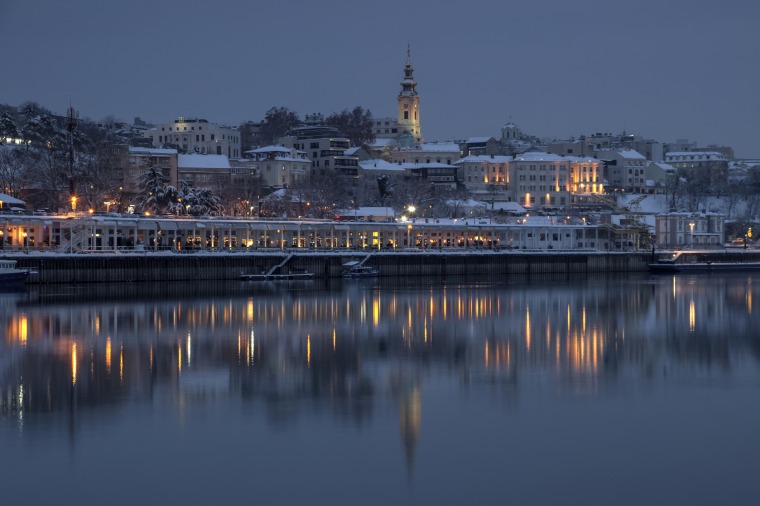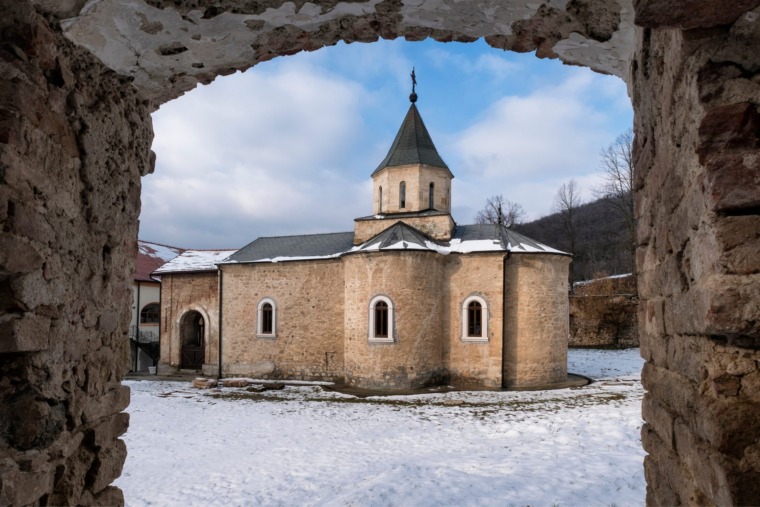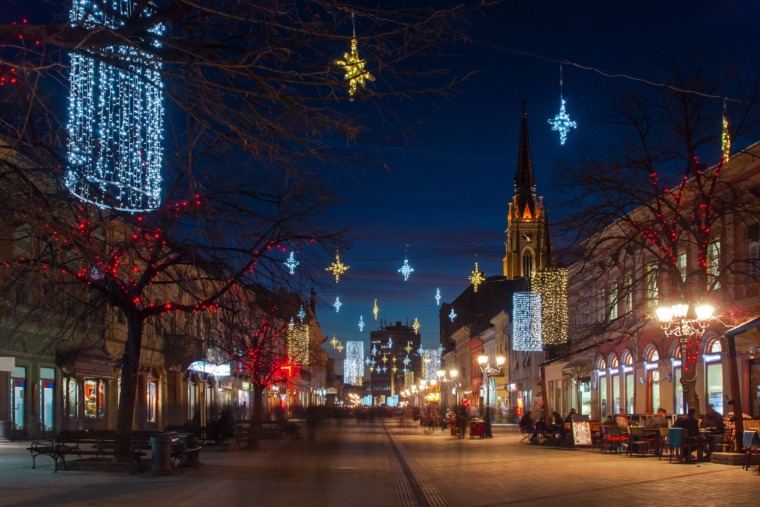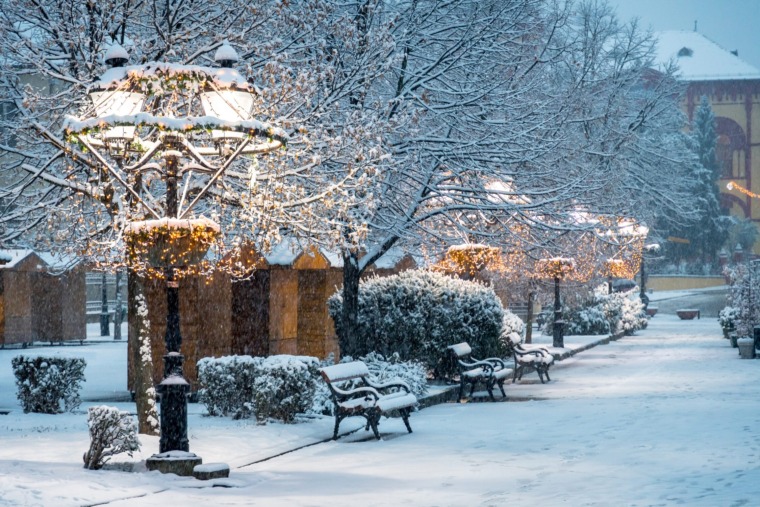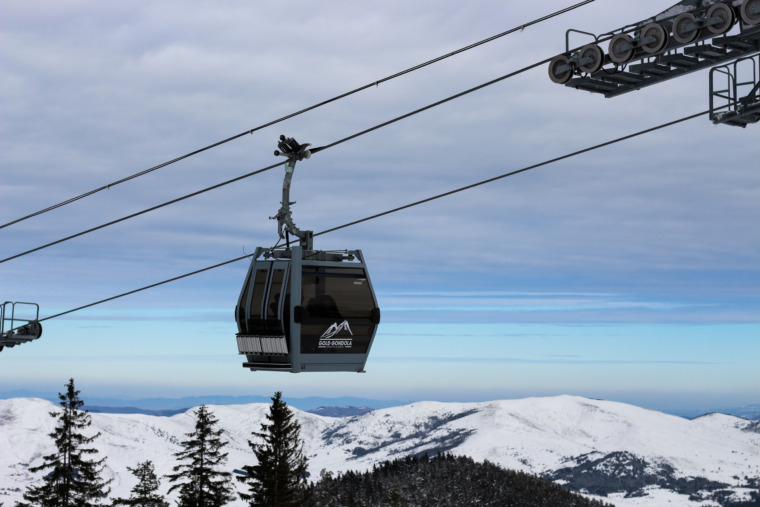
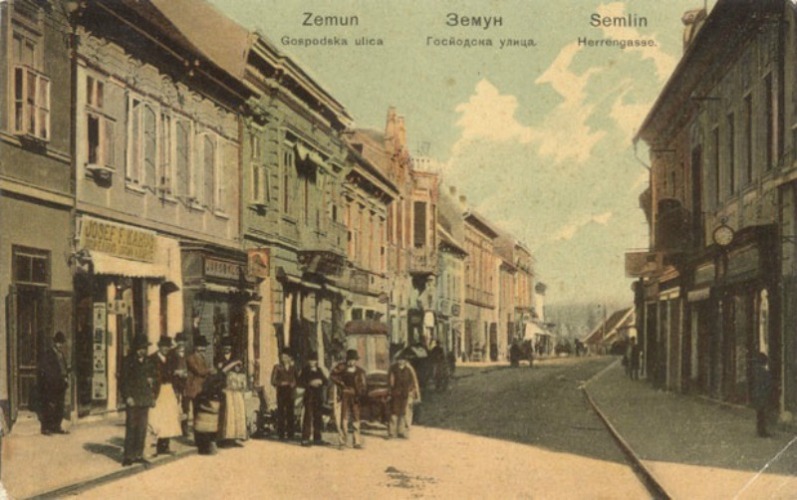
Wondering how did a part of our city that still wins people with its charm, authenticity and exciting past look like in the past? We present you the oldest postcards of the most charismatic part of Belgrade- Zemun.
Long ago, Zemun was said to be the most beautiful border city of Austria. Today, it is the most beautiful part of Belgrade and its historical heart. And for real, it is not hard to recognize that refined spirit of past times on the streets and alleys of Zemun. Rustic facades, cobbled streets and architecture that “smells” of past, can be seen here even today.
All of that gives an easily recognizable charm to a place at the right bank of the Danube. Still, something that you can’t feel or know just like that is the way of life of former residents of Zemun, how the streets and squares looked like and whether or not did it seduce the visitors impertinently like today.
The most interesting and the oldest postcards which were collected by collectors Snežana and Dragan Vicić, reveal a part of the hidden treasure which hides Zemun from previous centuries.
[doptg id=”63″]
“Postcards enable the studying of the urban development of the city, tracking the change in looks of its parts, street fronts, turning some of the ambient unities from the second half of the 19th century into the structures of a contemporary city or enable the researching of Zemun’s architectural history”, marks Vicić for „Večernje Novosti“.
The fact that by walking the streets of Zemun you actually walk across the soil which was inhabited 7.000 years ago is really fascinating. At the hill of Gardoš, the trails of neolith, starčevac and vinča cultures were discovered, and numerous archaeological findings secure its place among the oldest European cities.
A brief history of Zemun
Zemun was a battlefield of Austrian and Ottoman Empire for a long time. Until 1717, it was under the Turkish reign and then, it became a part of Austria. With the Treaty of Belgrade which was signed in 1739, it became a border city between Austria and Turkey. In 1746, all the settlements of Southeastern Srem entered the frameworks of the Military Border, and Zemun becomes a free military municipality with regulated administration, the Magistrate. With the construction of the bridge across Sava River, Zemun was administratively united with Belgrade in 1934 in whose composition it was from the very beginning of the World War II. Germans occupied Zemun on the 12th of April in 1941 and it fell under the Independent State of Croatia at the time. Two days after Belgrade was free on the 22nd of October in 1944, Zemun was released by the Units of National Liberation Army and the Russian Red Army. From 1945, Zemun is a city municipality of Belgrade.
After interesting history tour and vivid postcards, we are sure that you will wish to walk down the streets of Zemun. Something that you shouldn’t miss if you end up in the most charming part of Belgrade is Zemun Quay or Kej Oslobođenja. At the same time, it is one of the favorite promenades in the city, and numerous splavs and restaurants at the right bank of the Danube, make it the most popular destination for nightlife.
Besides the quay, don’t miss to see the well-known Millennium Monument or Gardoš. The tower postcard whose building was finished in 1896, was projected by Hungarian architects. It represents the mixture of different styles, personification of history and power, and today it is one of the biggest and most recognizable symbols of Zemun.
In the end, walk through the Gardoš Park which is settled at the edge of the old city core. We can reveal you that you will actually be walking down the place where the quarantine in which the passengers who came from the other side of Sava River to the former Austria-Hungary were settled from 1730-1871. Fascinating, right?
Source: www.novosti.rs
Related Articles


Winter Wine Escape: Serbia’s Most Beautiful Holiday Wineries
December 11, 2025